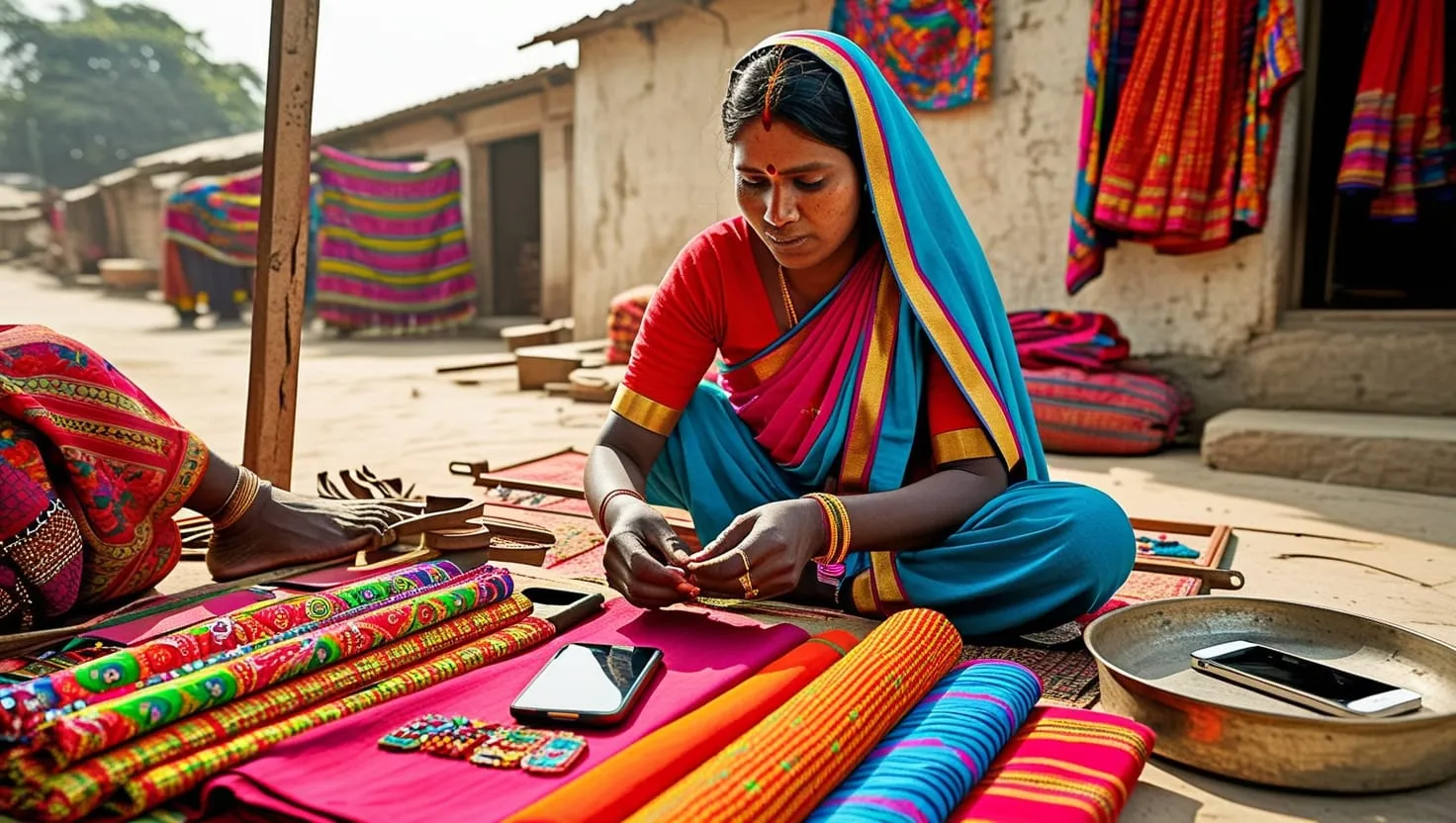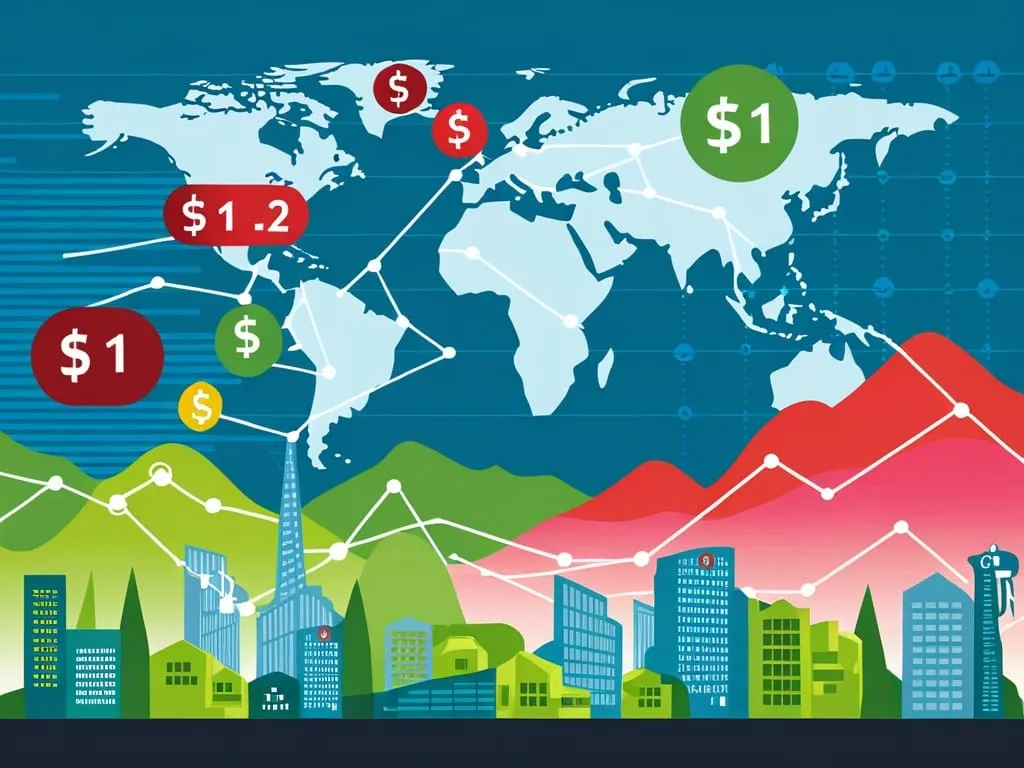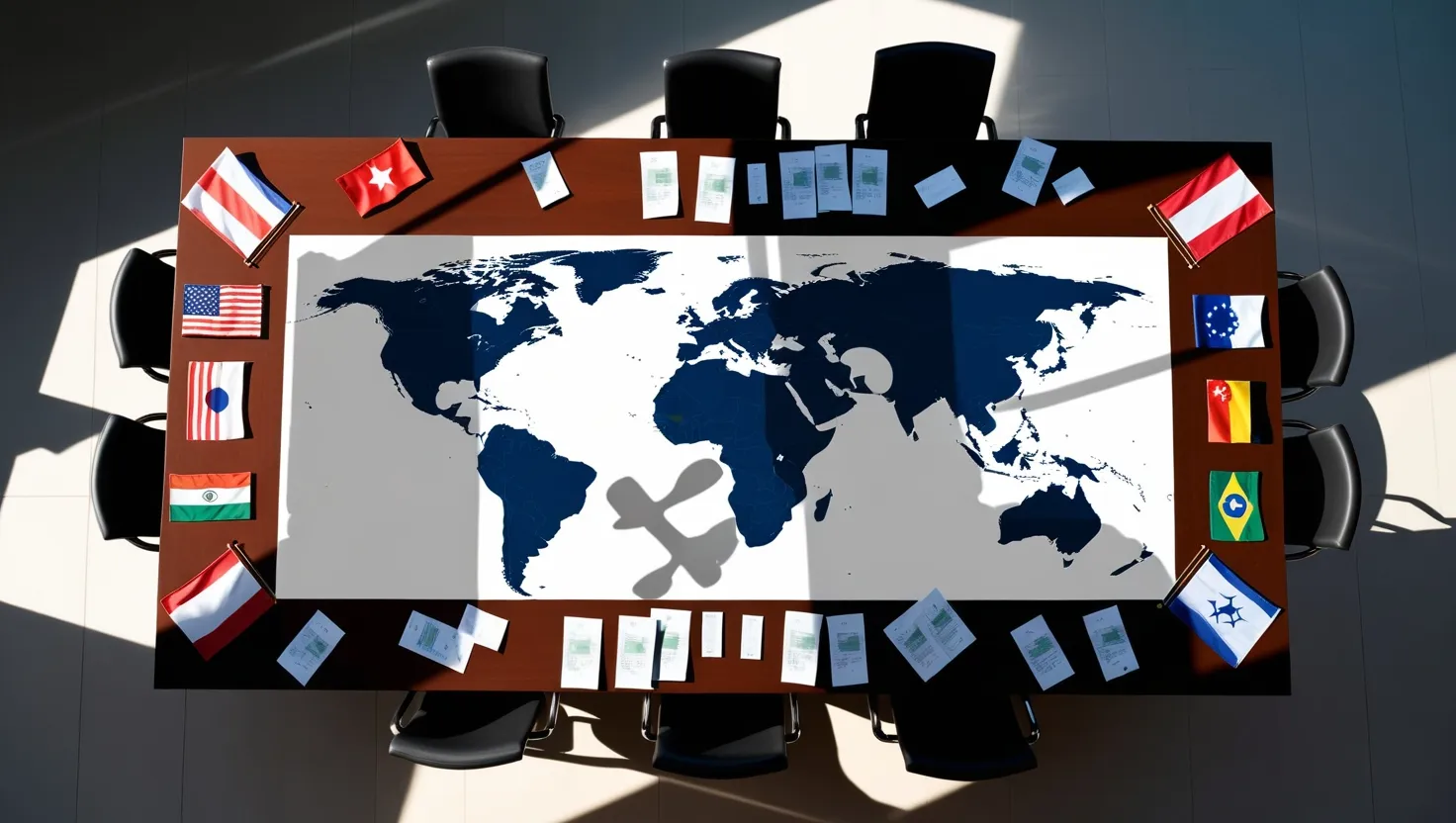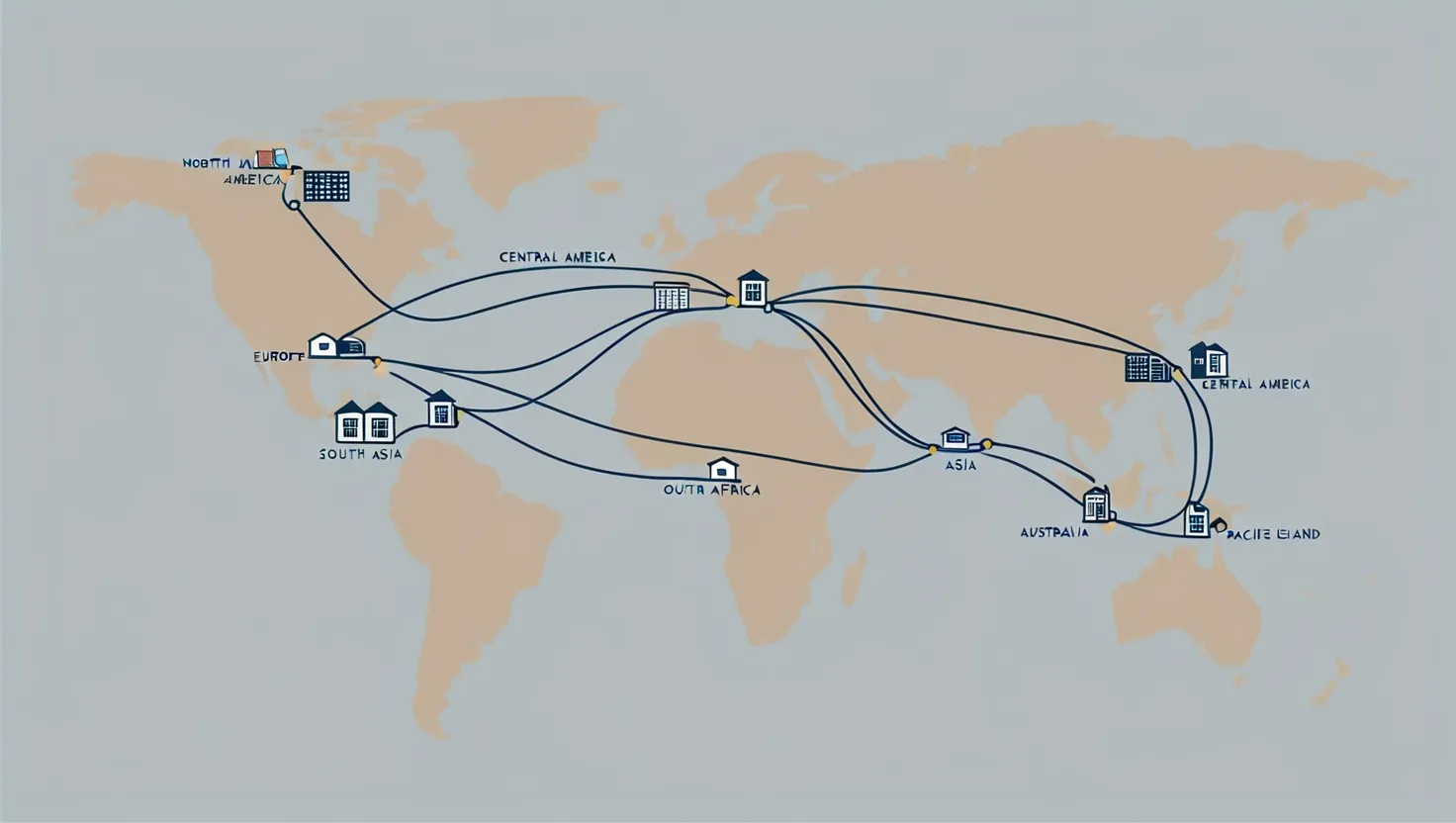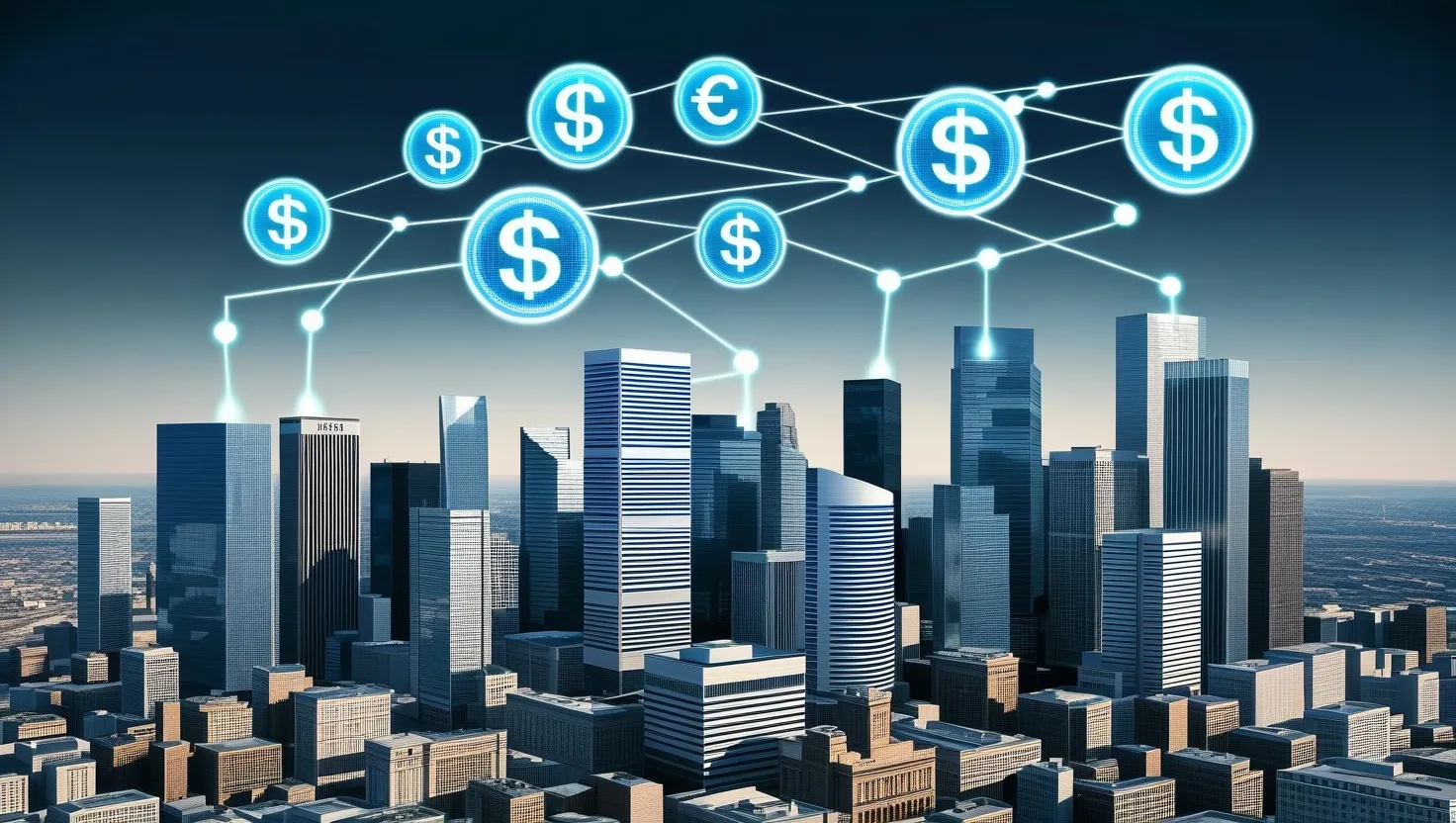In the heart of rural India, a small loan can be the spark that ignites a chain of economic transformations. Meet Meera, a local handicraft maker who embarked on a journey that would change her life and the lives of those around her. Meera's story is a testament to the evolving world of microfinance and its profound impact on financial inclusion, entrepreneurship, and community development.
Meera's journey began with a modest loan from a microfinance institution (MFI). These institutions, often overlooked in the grand narrative of global finance, are the backbone of financial services for the underserved. Microfinance has grown exponentially over the years, with the global market projected to reach approximately USD 337.5 billion by 2028, growing at a compound annual growth rate (CAGR) of 12.05% from 2022 to 2028.
The microfinance sector's growth is driven by several key factors. Technological innovations, such as mobile banking and online loan applications, have made financial services more accessible than ever before. In remote regions, where traditional banking services are scarce, these digital solutions have been a game-changer. Meera, for instance, could apply for a loan and manage her finances using her mobile phone, a luxury that was unimaginable just a decade ago.
Financial inclusion is another critical driver of microfinance growth. MFIs provide services to those who are otherwise excluded from the formal financial sector. For Meera, this meant access to capital that she could use to expand her handicraft business. She was not alone; over 139 million low-income and underserved clients have received approximately $124 billion in loans through microfinance services. This financial inclusion has a ripple effect, enabling individuals to improve their quality of life and contribute to local economies.
Governmental and regulatory support have also played a crucial role in the expansion of microfinance. Supportive policies and frameworks have created a conducive environment for MFIs to operate efficiently while protecting clients. In Meera's case, the regulatory framework ensured that she was not exploited by high interest rates or unethical collection methods, issues that have plagued the microfinance sector in the past.
Private sector investment has further fueled the growth of MFIs. Investors are increasingly looking at microfinance as a way to generate both financial returns and social impact. This influx of capital has enabled MFIs to innovate and diversify their financial products, offering not just microcredit but also microsavings, microinsurance, and remittances.
Meera's experience with group lending is a prime example of innovative microfinance models. Group lending, popularized by the Grameen Bank model, involves lending to groups of individuals who guarantee each other's loans. This model has been particularly effective in empowering women, as it fosters a sense of community and mutual support. For Meera, being part of a lending group meant she had a network of peers who encouraged and supported her entrepreneurial endeavors.
As Meera's business grew, so did her need for more sophisticated financial services. Mobile banking solutions tailored for the unbanked have been instrumental in meeting this need. These solutions allow users to save, borrow, and transfer money using their mobile phones. In regions where physical banking infrastructure is lacking, mobile banking has been a revolutionary tool, enabling entrepreneurs like Meera to manage their finances efficiently.
However, the journey of microfinance is not without its challenges. Scaling microfinance sustainably is a significant hurdle. The sector faces issues such as high interest rates, over-indebtedness, and mission drift, where MFIs move away from their core mission of serving the poor to more profitable clients. Meera's story highlights the importance of sustainable practices in microfinance. Her MFI ensured that the interest rates were reasonable and that she received training and support to manage her loan effectively.
The broader impact of microfinance on poverty reduction and women's empowerment is substantial. Studies have shown that while microcredit may not lead to substantial increases in borrowers' incomes in the short term, it does help households manage risk and insure themselves against income shocks. For women, access to microcredit has been a powerful tool for economic and social independence. Meera, for instance, was able to expand her business and hire other women from her community, creating a ripple effect of economic empowerment.
Microfinance also plays a critical role in economic resilience, particularly in developing regions. During economic downturns, such as the global financial crisis, MFIs have shown remarkable resilience. While the crisis constrained lending growth and negatively impacted asset quality, MFIs adapted by diversifying their funding structures and commercializing their portfolios. This resilience is crucial for communities that rely heavily on microfinance for their financial needs.
Meera's story is just one of many that illustrate the transformative power of microfinance. As the sector continues to evolve, it is clear that small-scale financial interventions can lead to significant socio-economic changes. Microfinance challenges traditional notions of banking and development by providing flexible, low-cost financial services to those who need them most.
In the Asia-Pacific region, microfinance has seen rapid growth, driven by technological advancements, economic development, and supportive regulatory measures. This region's dynamic approach to microfinance underscores the global impact and potential of the sector. For Meera and countless others, microfinance is not just a financial service; it is a pathway to economic independence and a better life.
As we look to the future, it is evident that microfinance will continue to play a pivotal role in fostering inclusive economic growth and sustainable development. The sector's ability to adapt to changing economic conditions, coupled with its focus on social impact, makes it an indispensable tool for empowering microenterprises and small businesses. Meera's journey from a local handicraft maker to a successful small business owner is a testament to the power of microfinance to transform lives and communities, one small loan at a time.
